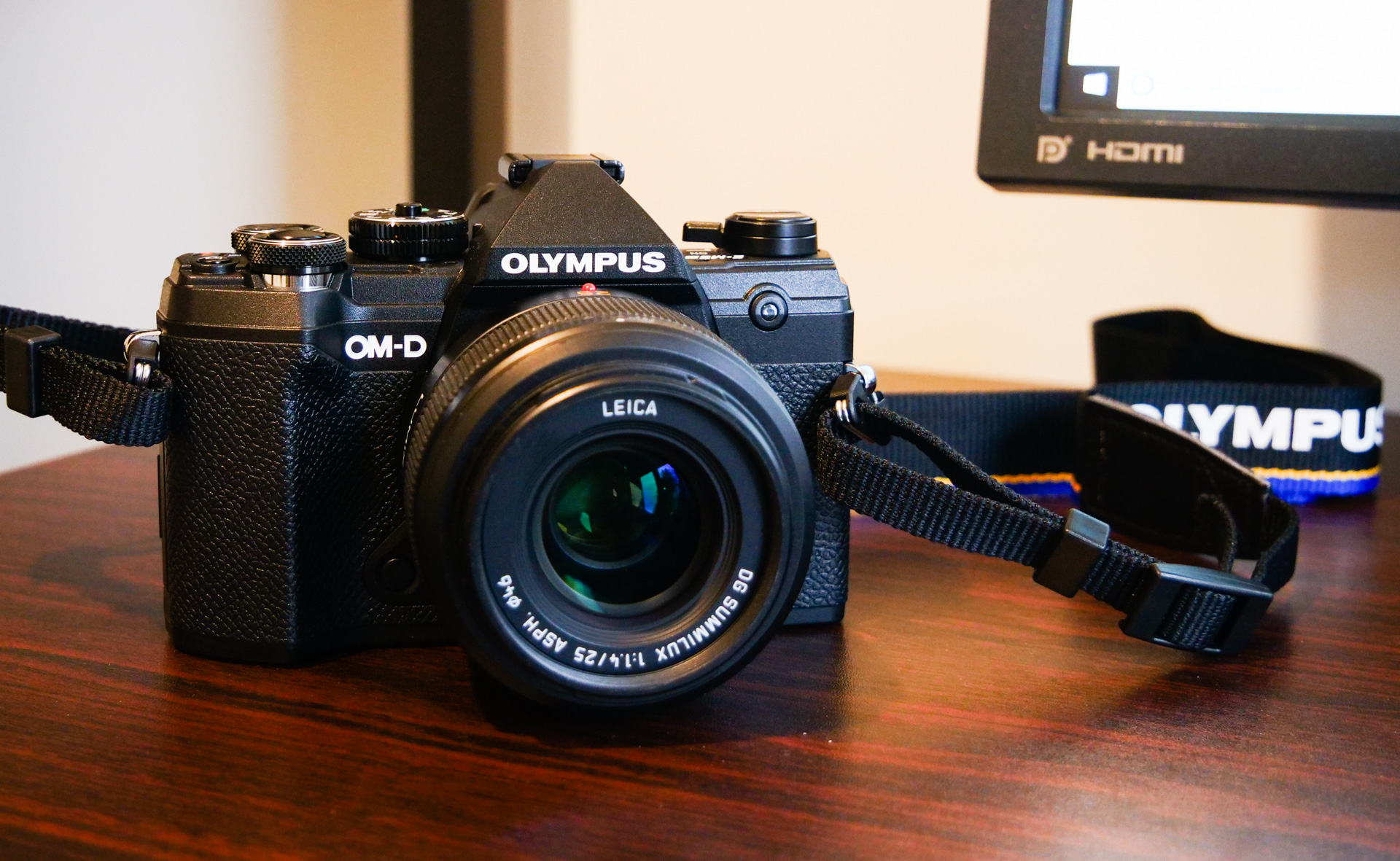Fujifilm XT4 Review in 2021
Fujilm XT4 Review in 2021 The Fujifilm XT4 was released in April 2020. In that time many other cameras have been released by various manufacturers. So I wanted to review the Fujifilm XT4 in 2021 to see how it performs. If you want to see how the Fuji XT4 compares with the X-Pro 3 then … Continue reading










